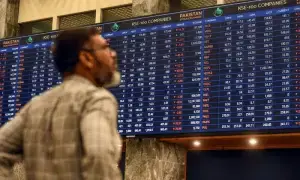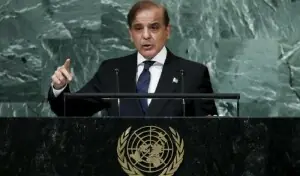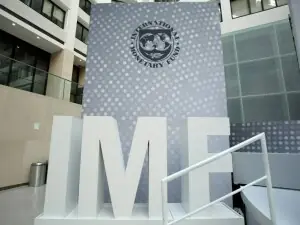EDITORIAL: Pakistan has failed by a long shot to attain the standards required for universal healthcare (UHC).
According to a monitoring report for 2024, jointly prepared by the Ministry of National Health Services and the World Health Organisation, the country lagged far behind in achieving the global target of 80 percent.
Last year’s results, based on health-related Sustainable Development Goals, have been measured from two points: coverage of essential service delivery, and financial protection.
Islamabad Capital Territory led with 63.9 percent followed by Punjab with a 55.5 percent score, Khyber Pakhtunkhwa 51 percent, Sindh 50.7 percent, and Balochistan 38.4 percent.
There have also been serious equity issues in Balochistan and Gilgit-Baltistan compared to other parts of the country, notes the report. The indicator to monitor “catastrophic” health expenditures has shown a worsening trend between 2013 and 2021.
Low government investments in health and out-of-pocket payments constitute a large share of the total health expenditure. “These payments”, adds the report, “deter some people [actually, too many of them] from using essential health services, and push them into poverty”.
While healthcare is increasingly recognised as a basic human right, it is also intimately connected to the process of socio-economic development.
Yet it remains a low priority for our policymakers. Even when resource constraints hamper progress, there are ways to channelise efforts and funds into health systems.
Much of the SDGs can be achieved if the available resources are used in a productive, socially responsible manner.
That though is a vain expectation, given the preferences of those who have the power to improve the quality of life for the people in whose name they govern.
Hope is not lost, however. Many private citizens have come forward to work for the welfare of others.
In Punjab, for instance, some wealthy entrepreneurs have funded construction of additional wings to government hospitals, and also provide free of cost medicines and food to less fortunate people. A more effective and organised approach seems to be public-private partnership embraced by the Sindh government.
Under a capacity enhancement plan of action quite a few philanthropists make generous monetary donations, matched by the government, and also oversee management of public sector hospitals, where people have access to free of cost quality health services. Other provinces can also serve their people better by adopting this model.
It is about time all concerned realise that investments in universal healthcare not only benefit people on individual level but also contribute to national endeavour towards progress and prosperity.
The present report says that more than half of the burden of diseases in Pakistan could be tackled through inter-sectoral policies and interventions. Why not take that course of action?
Copyright Business Recorder, 2025






















Comments
Comments are closed.